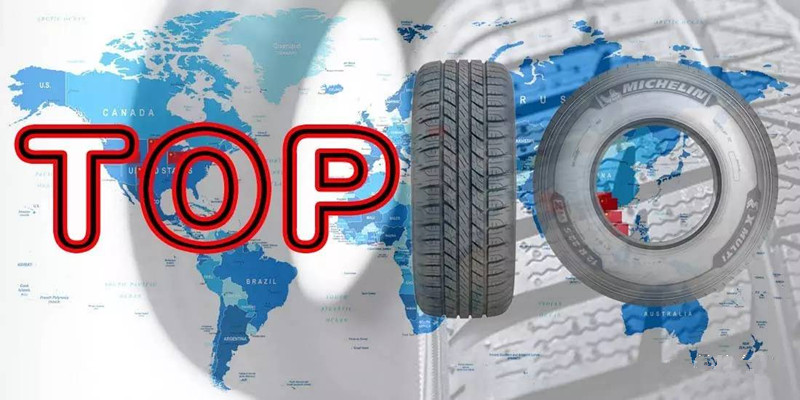Textile Industry & Market Growth in India
Market Size
The Indian textiles industry, currently estimated at around US$ 120 billion, is expected to reach US$ 230 billion by 2020. The Indian Textile Industry contributes approximately 2 per cent to India’s Gross Domestic Product (GDP), 10 per cent of manufacturing production and 14 per cent to overall Index of Industrial Production (IIP).
Indian khadi products sales increased by 33 per cent year-on-year to Rs 2,005 crore (US$ 311.31 million) in 2016-17 and is expected to exceed Rs 5,000 crore (US$ 776.33 million) sales target for 2018-19, as per the Khadi and Village Industries Commission (KVIC).
The total area under cultivation of cotton in India is expected to increase by 7 per cent to 11.3 million hectares in 2017-18, on account of expectations of better returns from rising prices and improved crop yields during the year 2016-17.
Indian exports of locally made retail and lifestyle products grew at a compound annual growth rate (CAGR) of 10 per cent from 2013 to 2016, mainly led by bedding bath and home decor products and textiles#. The Government of India targets textile and garment sector exports at US$ 45 billion for 2017-18.
Investment
The textiles sector has witnessed a spurt in investment during the last five years. The industry (including dyed and printed) attracted Foreign Direct Investment (FDI) worth US$ 2.55 billion during April 2000 to June 2017.
Some of the major investments in the Indian textiles industry are as follows:
1、Future Group is planning to open 80 new stores under its affordable fashion format, Fashion at Big Bazaar (FBB), and is targeting sales of 230 million units of garments by March 2018, which is expected to grow to 800 million units by 2021.
2、Raymond has partnered with Khadi and Village Industries Commission (KVIC) to sell Khadi-marked readymade garments and fabric in KVIC and Raymond outlets across India.
3、Max Fashion, a part of Dubai based Landmark Group, plans to expand its sales network to 400 stores in 120 cities by investing Rs 400 crore (US$ 60 million) in the next 4 years.
Government Initiatives
The Indian government has come up with a number of export promotion policies for the textiles sector. It has also allowed 100 per cent FDI in the Indian textiles sector under the automatic route.
Initiative will be taken into consideration by Government of India.
1、The Government has planned to connect as many as 5 crore (50 million) village women to charkha (spinning wheel) in next 5 years with a view to provide them employment and promote khadi and also, they inaugurated 60 khadi outlets which were renovated and re-launched during the completion of KVIC s 60th anniversary and a khadi outlet.
2、The Textiles Ministry will organise 'Hastkala Sahyog Shivirs' in 421 handloom-handicrafts clusters across the country which will benefit over 1.2 lakh weavers and artisans.
3、The Gujarat government's decision to extend its textile policy by a year is set. It is believes to attract Rs 5,000 crore (US$ 50 billion) of more investment in sectors across the value chain. The government estimates addition till now of a million units of spindle capacity in the spinning sector and setting up of over 1,000 units in technical textiles.
The key initiatives announced in the Union Budget 2017-18 to boost the textiles sector are listed below:
1、Encourage new entrepreneurs to invest in sectors such as knitwear by increasing allocation of funds to Mudra Bank from Rs 1,36,000 crore (US$ 20.4 billion) to Rs 2,44,000 crore (US$ 36.6 billion).
2、Upgrade labour skills by allocating Rs 2,200 crore (US$ 330 million)
Some of initiatives taken by the government to further promote the industry are as under:
1、The Government of India plans to introduce a mega package for the powerloom sector, which will include social welfare schemes, insurance cover, cluster development, and upgradation of obsolete looms, along with tax benefits and marketing support, which is expected to improve the status of power loom weavers in the country.
2、The Ministry of Textiles has signed memorandum of understanding (MoU) with 20 e-commerce companies, aimed at providing a platform to artisans and weavers in different handloom and handicraft clusters across the country for selling their products directly to the consumer.
3、Memorandum of Understanding (MoU) worth Rs 8,835 crore (US$ 1.3 billion) in areas such as textile parks, textile processing, machinery, carpet development and others, were signed during the Vibrant Gujarat 2017 Summit.
4、The Union Minister for Textiles inaugurated Meghalaya’s first-ever apparel and garment making centre to create employment opportunities in the region. The Union Minister for Textiles also mentioned Meghalaya has been sanctioned Rs 32 crore (US$ 4.8 million) for promotion of handlooms.
5、The Government of India has announced a slew of labour-friendly reforms aimed at generating around 11.1 million jobs in apparel and made-ups sectors, and increasing textile exports to US$ 32.8 billion and investment of Rs 80,630 crore (US$ 12.09 billion) in the next three years.Road Ahead
The future for the Indian textile industry looks promising, buoyed by both strong domestic consumption as well as export demand. With consumerism and disposable income on the rise, the retail sector has experienced a rapid growth in the past decade with the entry of several international players like Marks & Spencer, Guess and Next into the Indian market. The apparel market in India is estimated to grow at a Compound Annual Growth Rate (CAGR) of 11.8 per cent to reach US$ 180 billion by 2025.
High economic growth has resulted in higher disposable income. This has led to rise in demand for products creating a huge domestic market. The domestic market for apparel and lifestyle products, currently estimated at US$ 85 billion, is expected to reach US$ 160 billion by 2025.
The Indian cotton textile industry is expected to showcase a stable growth in FY2017-18, supported by stable input prices, healthy capacity utilisation and steady domestic demand.
Exchange Rate Used: INR 1 = US$ 0.015 as of October 6, 2017.

